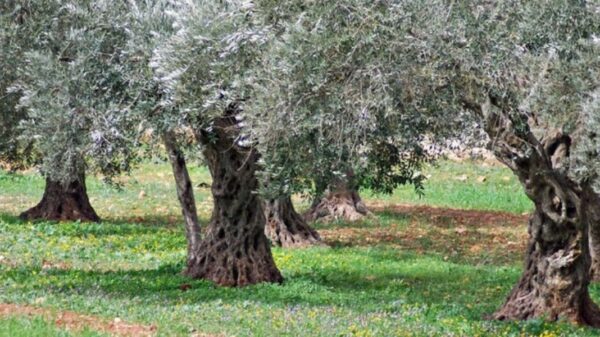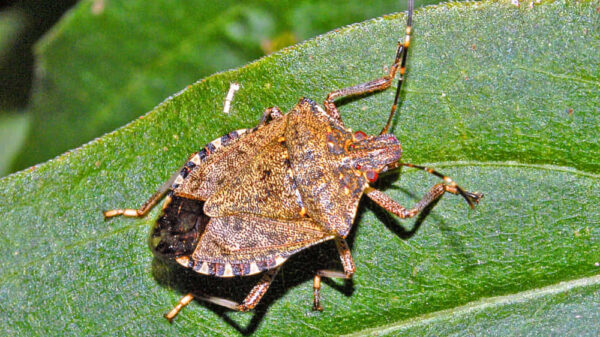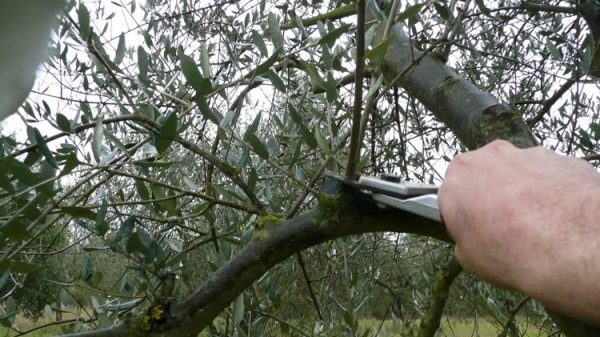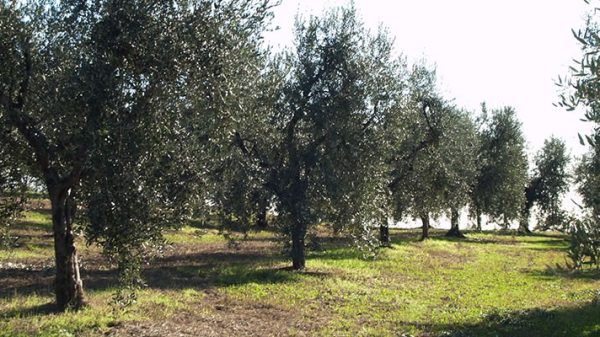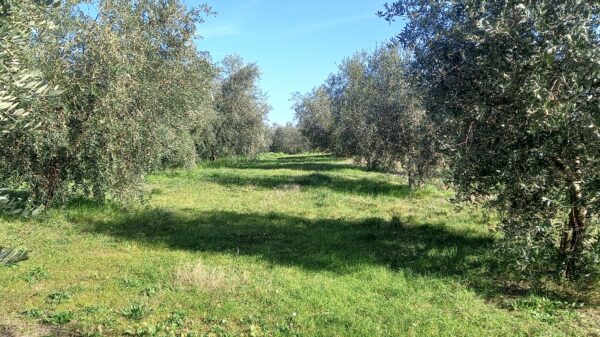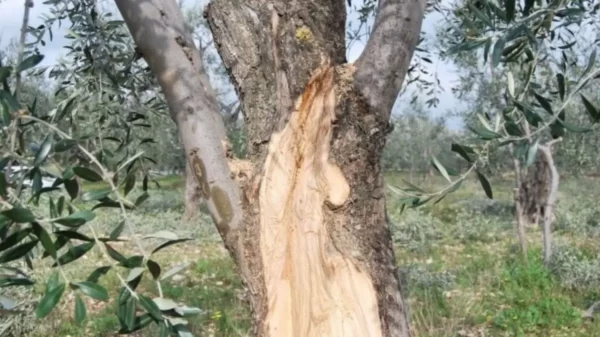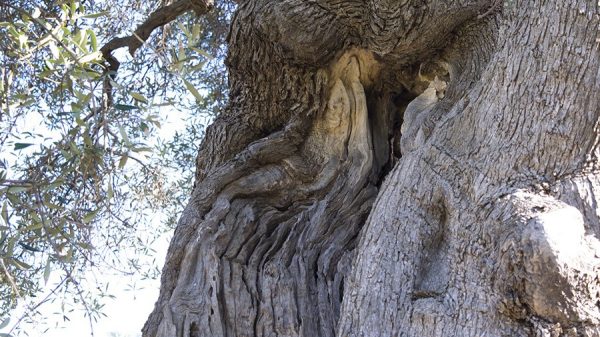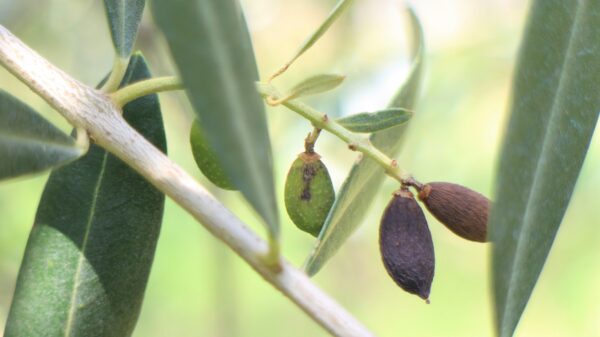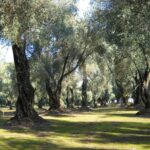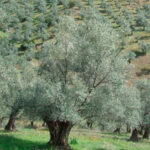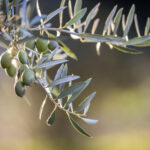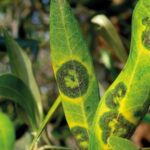Known scientifically as Palpita unionalis o palpita vitrealis, this species is also commonly called Margaronia o Green olive moth, a moth.
Her first larvae of Margaronia appear a end of March first days of April, a period which often coincides with the moment in which temperatures stabilize at 12-16°C and the olive trees begin to vegetate actively, offering ideal conditions for egg laying and the development of the larvae. It should be noted that, if the winter is mild and there are warm days, the larvae are still active: in fact, wintering takes place in the larval form, except for the first instar, and as a chrysalis.
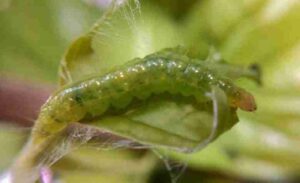
Till today the presence of Margaronia has significantly increased, together with i closely related damages to his action. This increase is probably due to ongoing climate changes, which are favorable to its habits. Or perhaps to the cessation of the use of organic phosphorus in the protection of the olive tree. An important cause could be a decreased population of braconids e tachinids, insects that play an important role in the ecosystem as biological control agents against this lepidopteran, such as the hymenopteran braconid Apanteles xanthostigmus and the dipteran tachinid Nemorilla maculosa. Both females of these parasites target Margaronia larvae and deposit their eggs inside them. The larvae that emerge feed from inside the Margaronia larvae, killing them.
Among the predators of Margaronia we also find the larvae of the hoverfly Syrphus corollae which feed on the juvenile forms: they are known for their elongated appearance, similar to a snail larva, with a green or brown color and with small protuberances or spines on the body.
After mating, Margaronia females lay eggs in groups of 3-5 which hatch after about a week, but, depending on the season, can even reach three weeks on average 4-5 generations per year, which overlap with each other.
The newborn larvae are carried towards the most tender apical leaves, which contain a greater quantity of sap, which represents an ideal source of nourishment for them, located on the lower page. The larva molts four times, each in different shelters, during which they grow bigger and take on a more intense colour.
Le fourth age larvae are capable of gnawing all the leaf tissue causing the destruction of some of the foliage. In case of strong attacks, the development of the plant can also be arrested, especially in new plants.
For some years now there have been dsevere years also for olives, due to late attacks, after the second fortnight of September, which negatively affects the quality of the oil then obtained.
You reach maturity, the larvae reach a length of about 20 mm, they tie the eroded leaves with silken threads, creating a shelter within which they transform into brown chrysalises, 12 to 16 mm long.
The first indications of damage from Margaronia you have them when you notice them rust on the leaves and on the young and tender shoots, which are gnawed away completely.
There are no registered active substances against this parasite. Especially in the early spring stages it is possible to use the Bacillus thuringiensis, known for its effectiveness in controlling lepidopteran larvae. Available in various commercial formulations Bacillus thuringiensis acts by ingestion through contaminated plants. Once swallowed, this bacterium emits spores into the intestine of the larva that release toxins, delta-endotoxins or Bt toxins, also called Cry and Cyt toxins, capable of damaging the digestive tract of the larvae and preventing the insect's ability to digest food and absorb nutrients, leading to its death.
The toxins produced by this bacterium are generally safe for other non-target organisms, such as mammals, birds and predatory insects, thus minimizing environmental impact.
Il Bacillus thuringiensis must be used with a quantity of water necessary to completely cover the foliage of the olive tree, remembering that the treatment carried out late does not give satisfactory results due to the simultaneous presence of more vulnerable larvae of the 1st and 2nd age and the less woundable ones of the 3rd and 4th age.
It can be used as a control agent also for Margaronia larvae mineral oil: acts mainly through physical action, covering and forming a thin layer that prevents the larvae from breathing properly, causing their death.
Mineral oil is usually diluted in water, it is important to apply it uniformly on all parts of the plants in order to effectively cover the moth larvae.
Counteracting activities Olive moth and Olive fly, through the use of specific targeted insecticides, thanks to their broad spectrum of action, not only have the direct aim of reducing the populations of these harmful insects, but can also indirectly influence the presence of Margaronia, limiting its population.
AIPO Director
Interregional Association
Olive producers
Browse for free L'OlivoNews click , here.

